When it comes to welding, too much of a good thing can often add up to unnecessary costs, potential downtime, and lost productivity. That’s a potential issue if you choose a MIG gun that’s too large for your application.
Unfortunately, many people believe that you need a MIG gun rated to the highest amperage you expect to weld, such as a 300 amp gun for a 300 amp application.
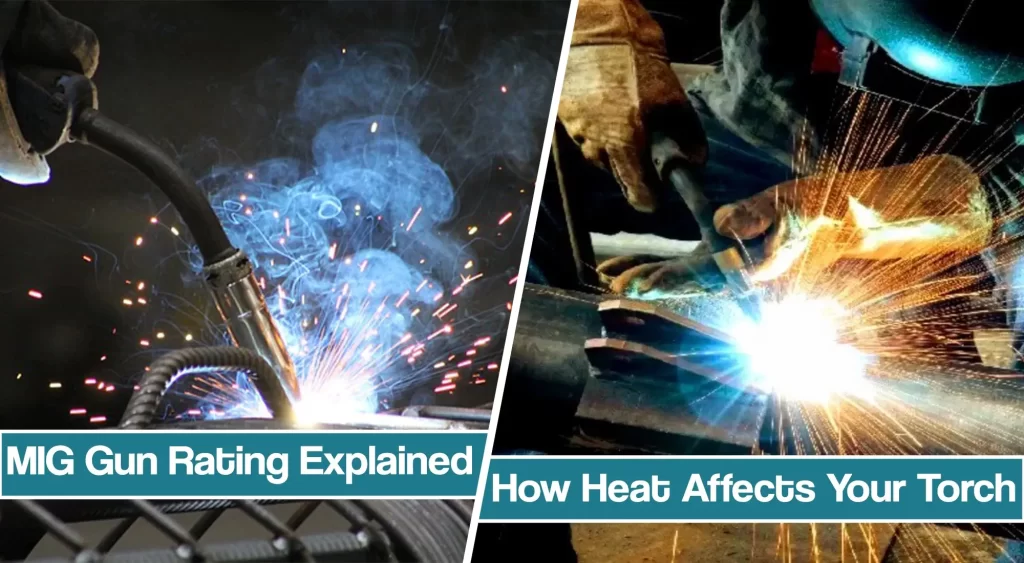
That is simply not true. You should know that a higher-rated MIG gun typically weighs more and may be less flexible. A high MIG gun rating also increases costs, while the torch is less comfortable and it is harder to use.
Why are high-rated MIG guns sometimes a bad choice? Because you spend time moving parts, tacking them, and performing other pre-and post-weld activities. Therefore, it is odd to weld continuously enough to reach the maximum duty cycle of the MIG gun.
Instead, you could choose the lightest and more flexible gun that meets your needs. For example, a MIG gun rated at 200-250 amps typically can weld at 300 amps and higher, but for a limited amount of time.
How Are MIG Guns Rated?
In the United States, NEMA, or the National Electrical Manufacturers Association, states the MIG gun rating.
In Europe, Conformité Européenne or European Conformity, also called CE, rates MIG guns.
Both agencies state a MIG guns rating that describes the temperatures above which the handle or cable becomes uncomfortably warm.
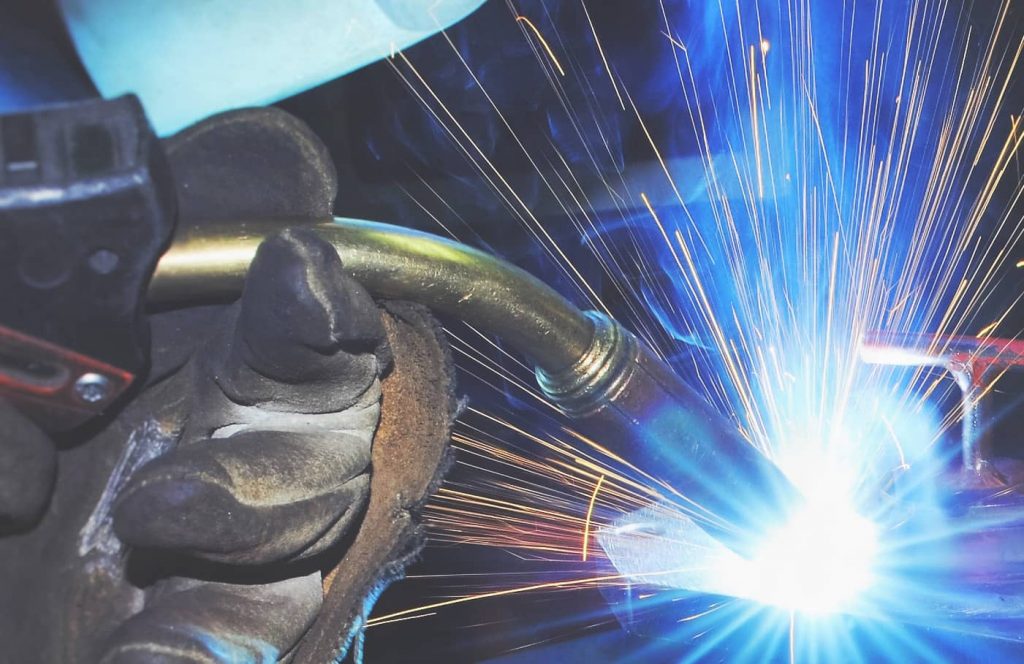
However, these ratings do not identify the point at which the MIG gun can fail or get damaged, nor do they specify the way that it needs to be labeled or marketed.
For that reason, there can sometimes be significant differences in how different MIG gun manufacturers rate their products. However, much of the difference lies in the duty cycle of the MIG gun.
Duty Cycle Of MIG Gun
The duty cycle represents the period you can weld without stopping within a 10-minute period. For example, one MIG gun manufacturer may produce a 400-amp MIG gun capable of welding at 100 percent duty cycle.
At the same time, another manufactures the same amperage MIG gun that can weld at only 60 percent duty cycle. In this example, the first MIG gun would be able to weld consistently at full amperage for a 10-minute time frame, whereas the latter would only be able to weld for 6 minutes.
Before deciding which MIG gun to purchase, it is essential to review the duty cycle ratios for the product. You can typically find this information in the product literature or the manufacturer’s website.
Time Spent MIG Welding
Based explanations above, you should consider the length of time you spend welding before you make your MIG gun selection. Many welders are surprised to discover that the average time spent on MIG welding is usually less than 5 minutes. Therefore, you should note how much time you spend welding over 10 minutes.
Even though we recommend buying a lower-rated torch, a MIG gun rated at 200 amps will exceed its rated capacity if you use it at 300 amps without cooling off (100% duty cycle).
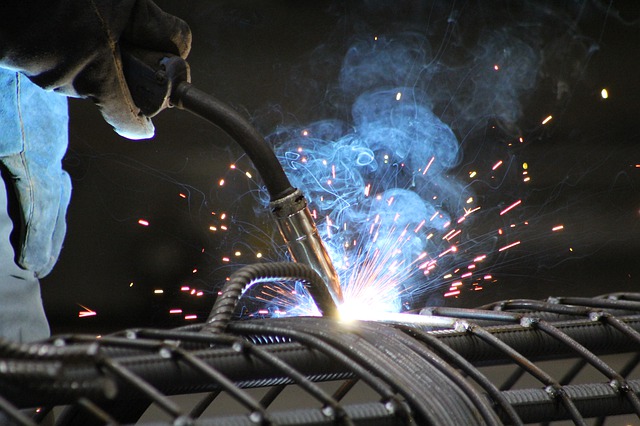
However, if you used that same gun to weld at 300 amps for about 5 minutes (50% duty cycle), it should work fine. Similarly, if your project requires welding extremely thick metal at high current loads (500 amps or more) for a brief period, you might be able to use a gun rated at only 300 amps.
As a rule of thumb, a MIG gun becomes uncomfortably hot once you exceed its full duty cycle rating. Therefore, if you regularly weld for longer periods, you should consider switching to a higher-rated gun.
How Can Heat Affect Your MIG Gun Lifespan and Performance?
Exceeding a MIG gun’s rated temperature capacity can weaken connections and power cables and shorten its working life. Therefore, you should know that there are two types of heat that affect the durability of a MIG gun and also the time spent welding:
- Radiant heat from the arc and resistive heat from the cable.
You should consider both of these types of heat before selecting a MIG gun that can suit your needs.
Radiant Heat Impact On MIG Gun
Radiant heat reflects from the welding arc and the base metal to the handle, making it warm. Therefore, radiant heat causes most of the heat found in the MIG gun handle. There are various factors that affect the heat, including the type of base material. For example, due to its mechanical properties, aluminum or stainless steel reflect more heat compared to mild steel.
In addition, the shielding gas mixture and the welding transfer process can also cause radiant heat.
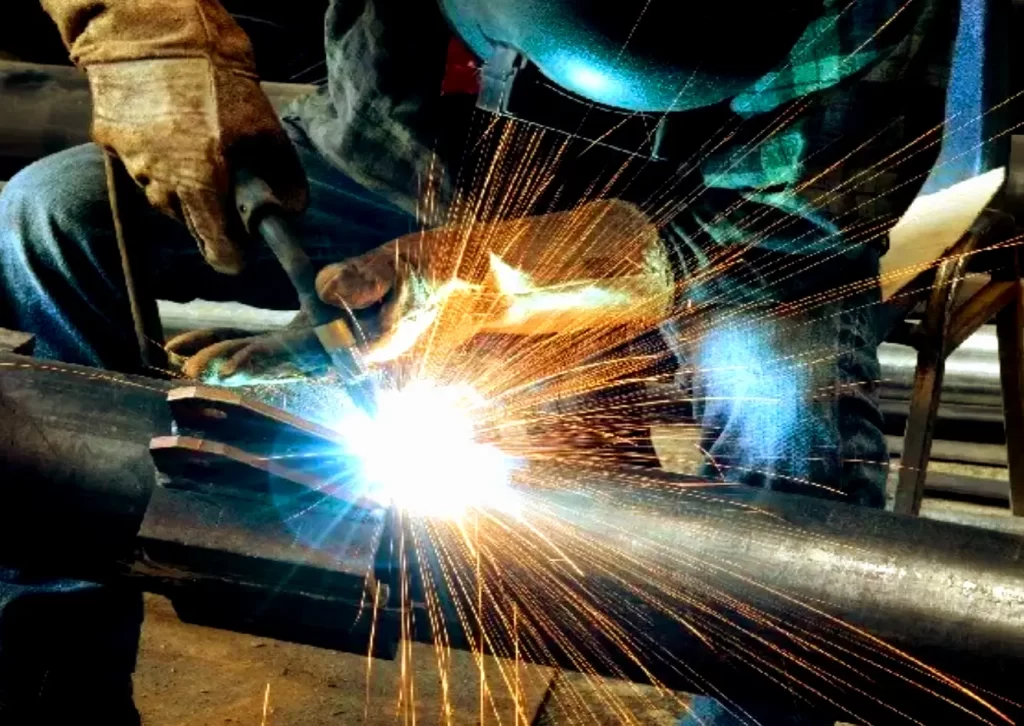
For example, argon creates a hotter arc than pure CO2, causing a MIG gun to hit its rated temperature at a lower amperage compared to pure CO2 welding.
Also, a spray transfer process in welding applications generates more heat. The reason is that the spray transfer method requires an 85 percent or richer argon shielding-gas mixture, along with a longer wire stick out and arc length. Both increase the voltage in the application and the overall temperature, and yes, the radiant heat.
How To Minimize Impact of Radiant Heat
Using a longer MIG gun neck can help minimize radiant heat’s impact. A longer neck places the handle further from the arc, which makes it cooler.
In addition, the consumables can affect the amount of heat that the neck absorbs. That’s why you should try to find consumables that connect tightly and have good mass, as these absorb heat better. These can prevent the neck from transferring heat to the handle.
Resistive Heat Impact On MIG Gun
Besides radiant heat, you may encounter resistive heat during your MIG welding application.
Resistive heat reflects electrical resistance within the welding cable and is responsible for most of the heat in the line.
This type of heat appears once the electricity generated by the power source is too high to flow through the cable and cable connections unaffected.
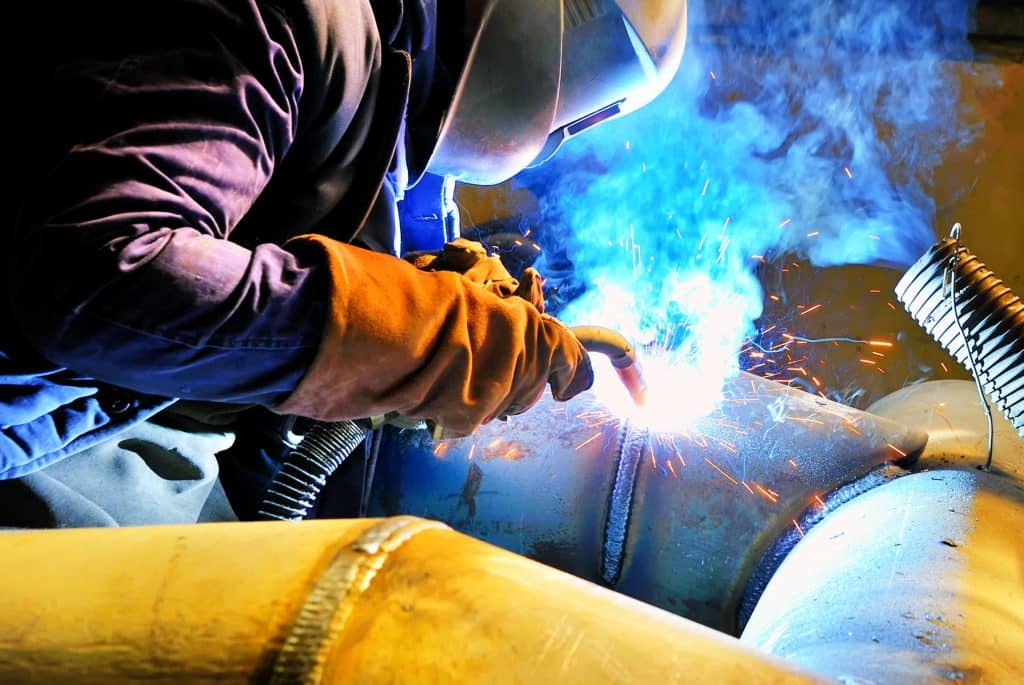
The energy of the “backed up” electricity is lost as heat. Even though this type of heat cannot be eliminated, an adequately sized cable can minimize it. However, a large cable that can help eliminate resistance would be too heavy and unwieldy to maneuver.
How To Minimize Impact Heat in MIG Gun
As an air-cooled MIG gun increases in amperage, the size of the cable, connections, and handles increases, too. Therefore, a MIG gun with a higher rated capacity almost always has greater mass. So if you are an occasional welder, that weight and size increase may not bother you.
However, if you weld all day, every day it is better to find a lighter and smaller MIG gun suited to your application. In some cases, that may mean switching to a water-cooled MIG gun, which is smaller and lighter but can also provide the same welding capacity.
Often, using a lighter MIG gun can improve productivity since it is easier to maneuver for more extended periods. Smaller MIG guns also reduce your susceptibility to repetitive motion injuries, such as carpal tunnel syndrome.
Final Thoughts
When choosing your MIG gun, remember that there are various types and sizes. For example, two MIG guns rated at 400 amps can have different overall sizes and weights. So take the time to research your options.
Also, features like a ventilated handle allow the air to flow through it and keep it running cooler. Such features can provide higher capacity without adding any size or weight.
Finally, assess the time you spend welding, the process and shielding gas you use, and the materials you are welding. Doing so can help you select a gun that strikes the ideal balance between comfort and capacity.





